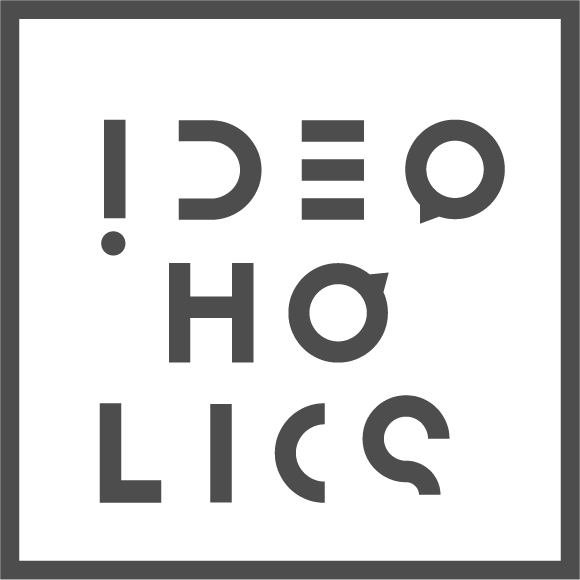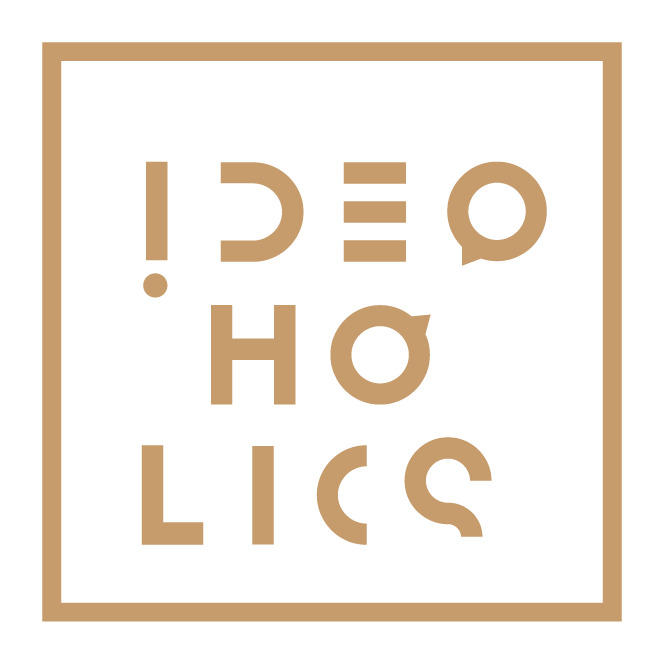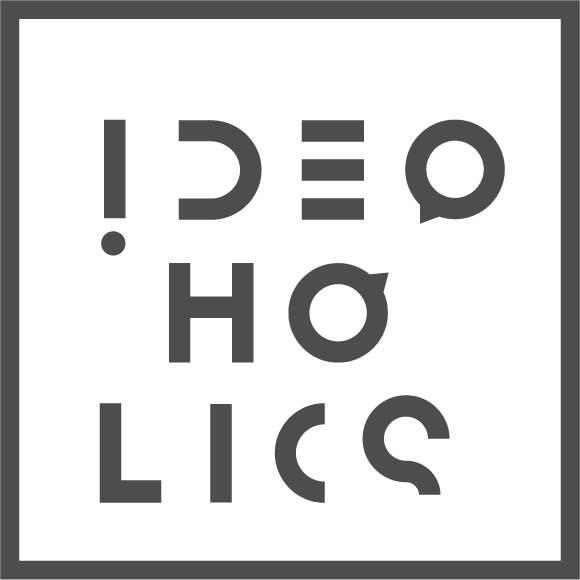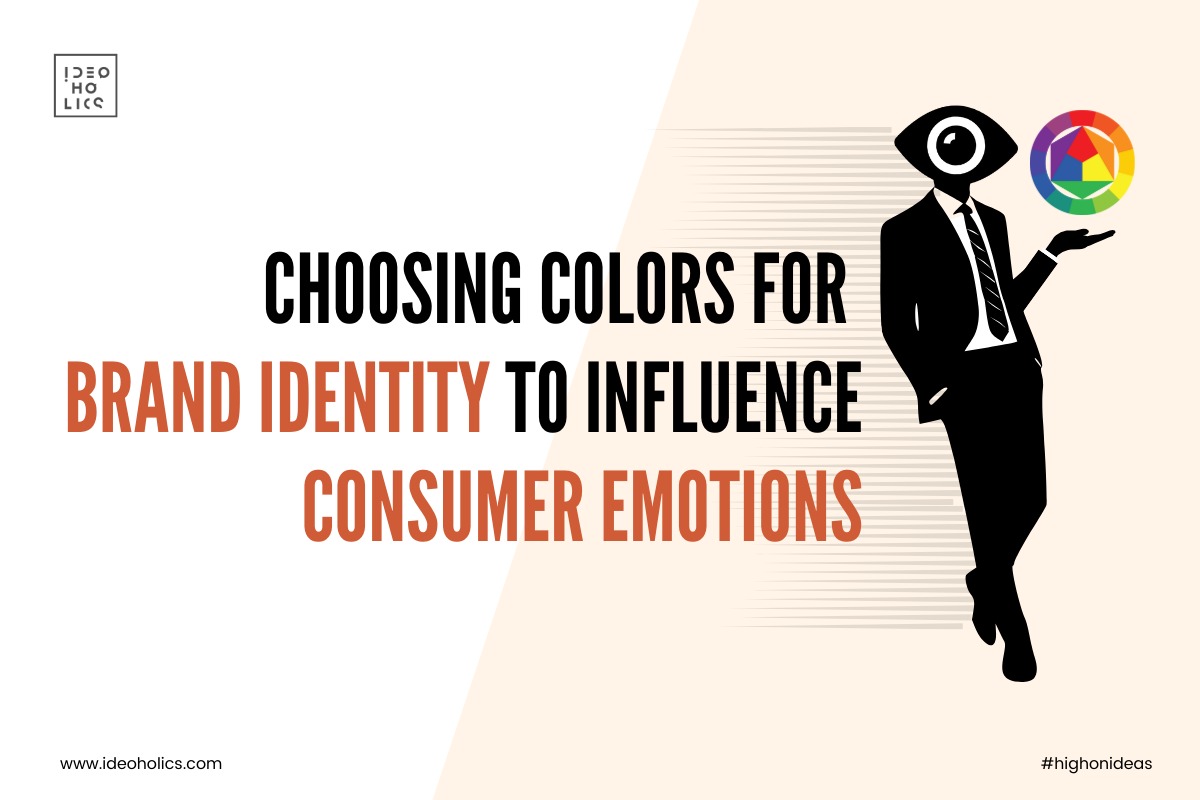
Choosing Colors for Brand Identity to Influence Consumer Emotions
Have you ever noticed how certain brands just feel a certain way the moment you look at their logo or website? Think of Coca-Cola’s energetic red, Facebook’s calming blue, or McDonald’s appetite-triggering yellow. This isn’t a coincidence—it’s the science of color psychology at play.
In the competitive world of branding, color isn’t just a design choice—it’s a powerful emotional trigger that shapes how people perceive your business. Choosing the right colors for your brand identity design services can deeply influence customer emotions, behavior, and even buying decisions.
Let’s dive into how colors can shape your brand’s emotional identity—and how you can pick the perfect palette to tell your brand’s story.
Why Colors Matter in Branding
First impressions happen in milliseconds. Before your audience reads your tagline or explores your product, they see your brand colors. These hues send subconscious signals, influencing whether they’ll trust you, feel excited, or move on.
Here’s what strong brand color identity can do:
- Create instant recognition (think Nike’s black swoosh)
- Evoke emotions and mood (like calmness, urgency, luxury)
- Trigger purchase decisions
- Communicate brand personality (bold, playful, trustworthy, etc.)
The Emotional Power of Colors
Different colors evoke different psychological and emotional responses. Here’s a breakdown of what each color commonly represents—and how brands use them:
🔴 Red – Passion, Excitement, Urgency
Red grabs attention and stimulates energy. It creates a sense of urgency and is often used in clearance sales or food branding.
Brands using red: Coca-Cola, Netflix, YouTube
Best for: Fast food, entertainment, sales-driven brands
🔵 Blue – Trust, Calm, Stability
Blue is associated with reliability and security. It’s a favorite among tech companies, healthcare, and finance brands.
Brands using blue: Facebook, IBM, Visa
Best for: Tech, healthcare, finance, education
🟡 Yellow – Optimism, Happiness, Clarity
Yellow radiates warmth and positivity. It can catch attention quickly but should be used carefully to avoid overwhelming the viewer.
Brands using yellow: McDonald’s, IKEA, Snapchat
Best for: Youth-oriented, lifestyle, or family-friendly brands
🟢 Green – Health, Growth, Tranquility
Green connects with nature and well-being. It’s widely used in organic, eco-friendly, or financial sectors.
Brands using green: Starbucks, Whole Foods, Spotify
Best for: Wellness, sustainability, agriculture, finance
🟣 Purple – Creativity, Luxury, Wisdom
Purple exudes sophistication and mystery. It appeals to creative and premium brand audiences.
Brands using purple: Cadbury, Hallmark, Yahoo
Best for: Luxury, beauty, spirituality, education
⚫ Black – Power, Elegance, Sophistication
Black is sleek and high-end. It creates a strong, bold presence, especially in fashion or tech.
Brands using black: Chanel, Apple, Nike
Best for: Luxury, fashion, tech
⚪ White – Simplicity, Purity, Minimalism
White space brings clarity and simplicity. It often complements other colors and provides a clean aesthetic.
Brands using white: Apple, Airbnb (combined with soft colors)
Best for: Wellness, minimalism, tech, modern design
How to Choose the Right Colors for Your Brand
Now that you know what emotions colors can evoke, the next step is crafting your unique brand palette. Here’s how:
- Know Your Brand Personality
Are you playful and youthful? Or professional and trustworthy? Define your brand’s voice and core values. Match colors that embody that identity.
For example:
- Innovative + Energetic → Orange
- Serious + Reliable → Navy Blue
- Luxury + Confidence → Deep Purple + Gold
- Understand Your Target Audience
Different colors resonate with different demographics and cultures. For instance, younger audiences may love vibrant, bold hues, while older demographics prefer muted, classic tones.
Also, keep cultural context in mind—red might symbolize good fortune in China but urgency in Western cultures.
- Use a Primary + Secondary Palette
- Primary color: Your brand’s core emotional color.
- Secondary colors: Complementary tones that support the primary message while adding flexibility.
Example: A skincare brand might use soft green as the primary (natural, calm) with beige and white as secondary (clean, minimal).
- Check for Versatility
Your brand colors should look great on digital and print media—whether on websites, social media, packaging, or merchandise. Make sure they remain readable and attractive on both dark and light backgrounds.
- Be Consistent Across All Platforms
Once you finalize your color palette, stick to it. Use the same hex codes, CMYK, or Pantone values across your logo, ads, website, and packaging. Consistency builds familiarity and trust.
Tools to Help You Pick the Right Brand Colors
Here are some useful tools for creating a brand color palette:
- 🎨 Coolors.co – Automatic palette generation
- 🧠 Adobe Color Wheel – Advanced harmony rules
- 🖌️ Canva Color Palette Generator – Great for beginners
- 🔍 Khroma – AI-based color recommendation tool
Final Thoughts
Your brand colors are much more than just a visual aesthetic—they are an emotional gateway to your audience’s perception. The right color palette can attract your ideal customers, build loyalty, and communicate your story at a glance.
So take the time to understand your brand’s personality and values, research your audience, and choose colors that truly connect. When used wisely, color becomes one of the most powerful tools in your branding arsenal.
Need Help Defining Your Brand Identity?
Whether you’re a startup crafting your first logo or an established business ready for a brand identity design agency refresh, choosing the right colors is a critical step in telling your story authentically. If you’d like help building a consistent and emotionally resonant brand, reach out—we’re always up for a creative conversation!
